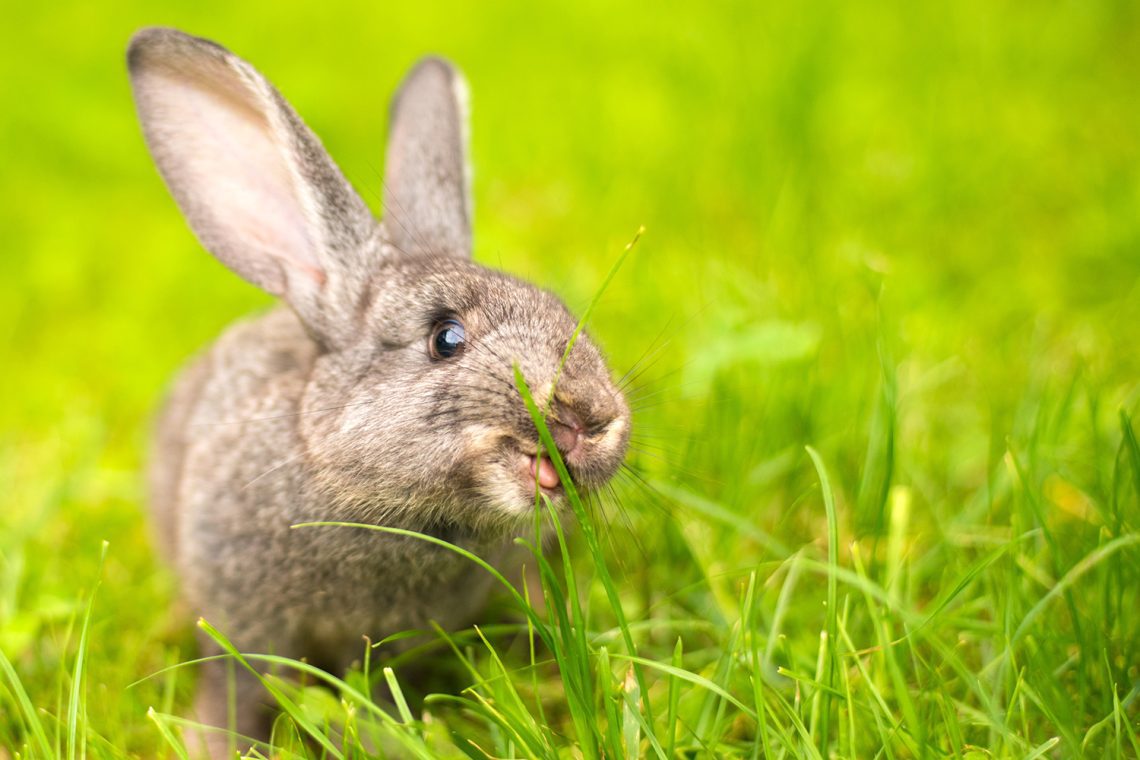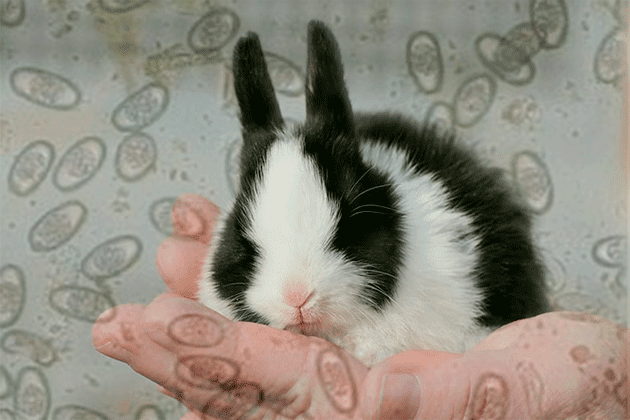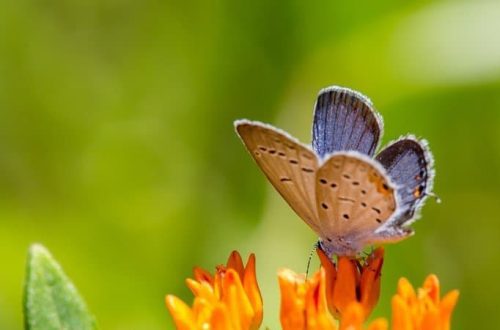
Coccidioza la iepuri decorativi

Decorative rabbits that are only in one room and do not go outside, some dangers may lie in wait. These are infectious and invasive diseases. Let’s talk today about such a widespread problem as rabbit coccidiosis.
Cuprins
The causative agent of coccidiosis in rabbits
The causative agent of coccidiosis is the simplest microorganisms that affect the intestines and less often the liver. There are about 10 types of coccidia, while only one of them causes hepatitis. Little rabbits suffer the most, because the immune system is still weak. However, it is believed that coccidia are present in small numbers in the body of every rabbit and under adverse conditions can become pathogenic and cause symptoms of the disease. These microorganisms are species-specific, and are not dangerous to humans and other animals.
Modalități de infecție
Infection most often occurs through contaminated food and water, upon contact with the feces of another infected rabbit, since the pathogen is released into the environment during defecation. In the case of ornamental rabbits, if there is only one animal in the house, then the likely route of exposure to coccidiosis is food and water. If you have more rabbits or you bought a new one, then you need to resettle them for 30 days, even if you are 100% sure of the nursery where the rabbit was taken from. Hands should be washed after contact with animals, and do not share bowls and other care items.
Symptoms of coccidiosis
The incubation period of the disease is about 3 days. However, in some cases, coccidiosis can be hidden, being a chronic disease. The symptoms are most often expressed as follows:
- Deterioration in the quality of wool, the rabbit has a sloppy appearance
- Lethargy, desire to hide
- Lipsa poftei de mâncare
- Diarrhea is often recorded, followed by constipation
- Exhaustion, dehydration
- Balonarea
- Soft, flabby, saggy belly
- Disorders of the nervous system, which are manifested by tipping the head to the back, sudden falls, making rowing movements of the limbs and the appearance of convulsions
- Rabbits are stunted
- In the hepatic form of coccidiosis, in addition to the listed signs, yellowing of the mucous membranes is observed.
Death in the intestinal form is accompanied by convulsions. Rabbits affected by the hepatic form of coccidiosis rarely die, and the disease has a longer form of thirty to fifty days. Death is often massive.
Diagnostics
Diagnosis is based on anamnesis data. In a large population, the disease of several animals at once is important, which makes it possible to suspect a zoonosis. If the rabbit lives alone, then it is more difficult to determine the cause of the ailment, so you should consult a doctor. To make a diagnosis, feces are taken for analysis and a microscopic examination of a smear is performed, in which coccidia can be detected. If the animal died, its carcass must be handed over for a post-mortem examination to confirm the cause of death. This will help you take steps to ensure the safety of other animals.
Treatment of rabbits with coccidiosis
Treatment includes the use of Baycox, Stop coccidum or Iodinol, a specific therapy against rabbit coccidiosis. There are also treatment regimens with other drugs, such as human Phthalazole, but should be used with caution, on the advice and under the supervision of a veterinarian. Among other things, additional therapy may be required. It depends on the degree of dehydration of the animal and its general condition. If he is dehydrated or does not eat well, then rabbits, as well as cats and dogs, are given an intravenous catheter in their paw or ear and undergo infusion therapy – they put a dropper with solutions to replenish the lost volume of fluid and nutrients. In case of refusal to feed, ready-made soluble herbal mixtures for rabbits are offered, which are forcibly drunk. It is very dangerous for rabbits to starve, as intestinal motility may be disturbed. If you suspect that your pet has signs of coccidiosis or any other disease, do not self-medicate, contact a ratologist who specializes in rabbits and rodents.
Prevenirea
The basis for the prevention of coccidiosis is the observance of sanitary and hygienic standards when keeping rabbits. In particular, this is regular cleaning of the cage, feeding with proven high-quality feed and hay, clean drinking water, and quarantine of new animals. Disinfectants do not work well with coccidiosis. Cell processing may not be effective. The best way to destroy the pathogen is heat treatment, that is, burning the cell with a gas burner. Of course, in an apartment, if you have one rabbit, this is quite problematic. In this case, you can try using boiling water in the bath and treatment with iodine-based disinfectant solutions, such as Betadine. If possible, it is better to replace the cage and all household items.





